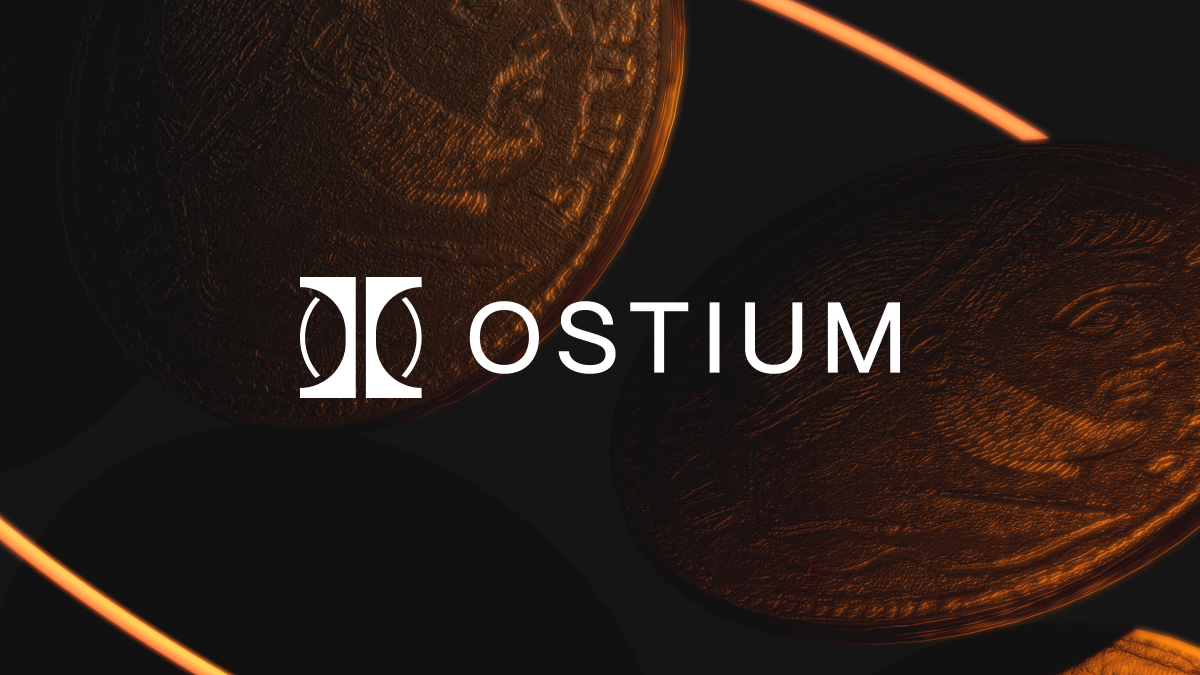
Introduction to Daniel Day-Lewis and His Passion for Anemone
Daniel Day-Lewis is renowned for his extraordinary contributions to the film industry, establishing himself as one of the most accomplished actors of his generation. Born on April 29, 1957, in London, Day-Lewis has captivated audiences and critics alike with his immersive performances and commitment to his craft. He is a three-time Academy Award winner, having received Oscars for his roles in “My Left Foot,” “There Will Be Blood,” and “Lincoln.” Beyond his illustrious career in acting, he is known for his meticulous preparation and a unique ability to disappear into his characters, a hallmark of his artistic journey.
While Day-Lewis is primarily recognized for his cinematic achievements, his artistic endeavors extend far beyond the silver screen. After announcing his retirement from acting in 2017, he has found a new passion that creatively stimulates his mind—anemones. This captivating marine species has sparked a profound interest within him, illustrating a different kind of artistry that draws on the delicate beauty and complexity of nature. Anemones, with their vibrant colors and intricate structures, capture Day-Lewis’s artistic imagination, presenting a new canvas for his creativity.
Exploring the world of anemones has allowed Day-Lewis to reconnect with the fundamental aspects of artistry. He approaches these fascinating organisms not just as subjects of study but as inspirations for his creative expression. His transition from the dramatic narratives of film to the serene beauty of marine life reflects a broader quest for understanding and appreciation of the natural world. This unique journey encourages an exploration of how artistry can manifest in various forms, offering insights into both Day-Lewis’s evolving identity and the enchanting world of anemones that fascinates him.
Understanding Anemones: A Deep Dive into Their Biology
Anemones, belonging to the phylum Cnidaria, are fascinating marine creatures that exhibit a diverse range of forms and behaviors. Typically found in warm, shallow waters, they attach themselves to rocks or coral reefs, creating a vibrant partnership in marine ecosystems. With approximately 1,000 recognized species, anemones present an intriguing subject for study, showcasing varying shapes, sizes, and colors.
Their unique morphology includes a cylindrical body and a rim of tentacles that encircle the mouth. These powerful tentacles are armed with specialized cells called nematocysts, allowing them to capture prey like fish and small crustaceans. When encountering a potential meal, an anemone will utilize its tentacles to immobilize the prey through venomous stings, demonstrating an impressive feeding mechanism.
Anemones play a crucial role in the marine food web, not only as predators but also as prey for certain fish species. Furthermore, they have a symbiotic relationship with clownfish, which provides mutual benefits; while the clownfish receives protection from predators within the anemone’s stinging tentacles, the anemone gains nutrients from the clownfish’s waste. This interaction exemplifies the complex ecological dynamics that anemones are part of, reinforcing their importance in maintaining biodiversity.
In terms of reproduction, anemones can reproduce both sexually and asexually. Sexual reproduction typically occurs through the release of sperm and eggs into the water column, leading to the formation of larvae that eventually settle down to grow into new anemones. Conversely, asexual reproduction often occurs through processes such as budding or fission, allowing for rapid population growth under favorable conditions.
Through understanding the biology and ecology of anemones, one can appreciate their complexity and role within marine environments. These characteristics may also serve as inspiration for creative expression, as exemplified by the artistic journey of Daniel Day-Lewis, paralleling the wondrous attributes found within this remarkable group of organisms.
The Symbolism of Anemones in Art and Culture
Anemones have long been depicted in various forms of art and literature, often symbolizing a range of emotions and concepts. Their delicate petals and vivid colors offer a striking visual motif that resonates with artists across cultures and epochs. In ancient Greek mythology, anemones were said to spring from the tears of Aphrodite as she mourned the death of Adonis, infusing the flowers with connotations of love and loss. This narrative not only underscores the beauty of anemones but also highlights their role in the thematic exploration of human emotion in creative works.
In Japanese culture, anemones are associated with protection from bad fortune and serve as an emblem of hope. Their representation in traditional art often reflects a deep respect for nature and the ephemeral beauty of life, which is a common theme in Japanese aesthetics. Notably, artists have used anemones in woodblock prints and paintings, showcasing the flowers’ elegance while imparting messages of resilience and renewal.
Literature also embraces the anemone’s multifaceted symbolism. Writers have employed anemones as metaphors for love, vulnerability, and transience, demonstrating their emotional depth. For instance, in poetry, anemones often reflect the fleeting nature of beauty and the inevitability of time. By integrating these flowers into their narratives, authors craft rich imagery that adds layers of meaning to their works.
Daniel Day-Lewis, in his artistic journey, draws inspiration from such cultural interpretations of anemones. His work reflects a profound understanding of the narratives intertwined with these flowers, inviting viewers to explore the complexities of human experience. Through his art, he connects with the historical significance of anemones, enriching his storytelling with their diverse cultural meanings.
Daniel Day-Lewis: A Cultivator of Anemones in His Personal Life
Daniel Day-Lewis, renowned for his unparalleled dedication to his craft, extends his pursuit of authenticity beyond his cinematic roles and into personal interests that reflect his artistic sensibilities. Among these is his profound connection to anemones, which he has cultivated both in the context of marine environments and as an influential element in his creative journey. Engaging in aquaculture, Day-Lewis has developed a passion for nurturing these delicate marine organisms, often drawing parallels between their cultivation and the development of character in performance.
In interviews, Day-Lewis has shared how his fascination with anemones stems from their vibrant colors, intricate forms, and dynamic interactions with their environment. This attraction transcends mere aesthetics; it resonates with his philosophy on acting. Just as anemones thrive in diverse marine ecosystems, he believes that actors flourish by immersing themselves in varied narratives and experiences. Through this lens, his love for anemones serves as a metaphor for the depth and adaptability he seeks in his roles.
The journey of cultivating anemones has provided Day-Lewis with insights into patience and perseverance—qualities essential not only for marine conservation but also for the arts. His time spent tending to these organisms reflects an unwavering commitment that parallels his method acting style, which often involves an immersive approach to character development. Anecdotes from his peers reveal that his interactions with nature offer him a reset, allowing him to channel fresh perspectives into his performances.
Day-Lewis’s passion for anemones ultimately underscores a broader narrative in his life, showcasing a multifaceted artist who draws inspiration from both the natural world and his methodical approach to acting. This connection enriches his artistic expression, crafting roles imbued with authenticity and complexity, derived from a deeper understanding of life itself.
The Environmental Importance of Anemones
Anemones play a crucial ecological role within marine ecosystems, serving as both habitat and partner to various marine species. These fascinating organisms are part of the Cnidaria phylum and can be found in diverse ocean environments, from coral reefs to sandy bottoms. One of the most well-known relationships is that between anemones and clownfish. Clownfish are renowned for their symbiotic association with these creatures, providing each other mutual benefits. The anemone offers the clownfish protection from predators, while the clownfish helps to keep the anemone clean by removing debris and parasites. This symbiosis exemplifies the complex interdependencies that exist within marine ecosystems.
Moreover, anemones contribute significantly to maintaining biodiversity in marine environments. They provide a home for various species, serving as a sanctuary and breeding ground for many smaller fish and invertebrates. This habitat helps sustain marine food webs, impacting not only local species but also supporting the larger ecological systems they are part of. Healthy anemone populations indicate a thriving marine ecosystem, which is essential for overall ocean health.
In the wider context of marine conservation, figures such as Daniel Day-Lewis have been known to support environmental causes, which may align with protecting marine ecosystems that encompass species like anemones. Through advocacy and philanthropic endeavors, those like Day-Lewis can raise awareness about the significance of marine life and the pressing need for conservation efforts. Protecting essential habitats such as those formed by anemones is vital for ensuring the resilience of marine biodiversity. By understanding the ecological importance of anemones, we can enhance our collective efforts in promoting healthy and sustainable ocean environments.
Anemone-Inspired Art: Daniel Day-Lewis and Other Artists
Anemones have long captivated artists across various disciplines, serving as potent symbols of beauty and complexity. Notably, Daniel Day-Lewis, an acclaimed actor known for his profound commitment to his craft, has drawn inspiration from the captivating shapes and colors of anemones in his less frequent artistic endeavors. While primarily recognized for his performances, Day-Lewis engages with art beyond film, exploring mediums such as painting and sculpture. His works often reflect a deep appreciation for nature, echoing the delicate forms and vibrant palettes found in the marine world.
Numerous artists have also found inspiration in anemones, utilizing their intricate forms as a muse for creativity. In the realm of painting, artists have portrayed these oceanic wonders, capturing the gentle sway of their tentacles in vibrant colors that evoke the fluidity of water. Artists like Georgia O’Keeffe have been noted for their explorations of natural forms, suggesting parallels between floral shapes and marine life, including anemones. This intersection illustrates how the natural world transcends specific environments, inspiring artists to reinterpret beauty through various lenses.
Sculptors, too, have utilized anemones as a subject in their work, incorporating their sinuous forms into installations and stand-alone pieces. The textural quality of anemone surfaces allows for a diverse range of materials, from glass and ceramics to metal, creating a tactile experience that resonates with viewers. Collaborative exhibitions that showcase both marine biology and art have celebrated this relationship, offering audiences insights into how oceanic elements contribute to contemporary artistic narratives.
The artistic journey inspired by anemones continues to expand, as artists like Day-Lewis pave the way for deeper connections between nature and creativity. By observing and interpreting the elegance of these marine creatures, artists not only enrich their work but also raise awareness of environmental stewardship in an increasingly fragile ecosystem.
Conclusion: The Lasting Impact of Anemone on Daniel Day-Lewis’s Legacy
Daniel Day-Lewis’s profound connection with anemones offers a unique lens through which to understand his artistic journey and personal ethos. Throughout his illustrious career, the exploration of these vibrant marine organisms has not only influenced his choice of roles but has also shaped his worldview. Anemones, with their delicate beauty and intricate ecosystems, serve as a metaphor for Day-Lewis’s own multifaceted artistry, highlighting themes of resilience, transformation, and interconnectedness.
This relationship with anemones extends beyond mere fascination; it reflects Day-Lewis’s commitment to environmental advocacy and awareness. As he immerses himself in the study of these organisms, he brings attention to the importance of preserving marine ecosystems. Through various platforms, he has emphasized the significance of protecting our oceans, making him a voice for environmental stewardship. This advocacy resonates with his fans, many of whom are inspired by his passion for both acting and environmentalism. Day-Lewis’s artistic expression is therefore inseparable from his environmental beliefs, weaving a narrative that calls for conscious living and respect for nature.
Moreover, the lasting impact of Day-Lewis’s engagement with anemones extends to his legacy as an artist. His dedication to understanding the natural world enriches his performances, allowing audiences to see depth beyond the character he portrays. By integrating this interest into his life, he cultivates a legacy that transcends traditional boundaries of acting, encouraging both fans and fellow artists to embrace their passions wholeheartedly. In essence, Day-Lewis is reshaping the narrative of what it means to be an artist in the modern world, exemplifying how personal interests can coexist harmoniously with one’s professional life, ultimately inspiring a holistic approach to creativity and environmental responsibility.

 02 October 2024
02 October 2024 Share
Share

![Binance Dominates with $2.6B in Token Airdrops & Rewards [2025 Report]](https://hamstercombetworld.com/wp-content/uploads/2025/06/Binance-Dominates-with-26B-in-Token-Airdrops-Rewards-2025.png)





